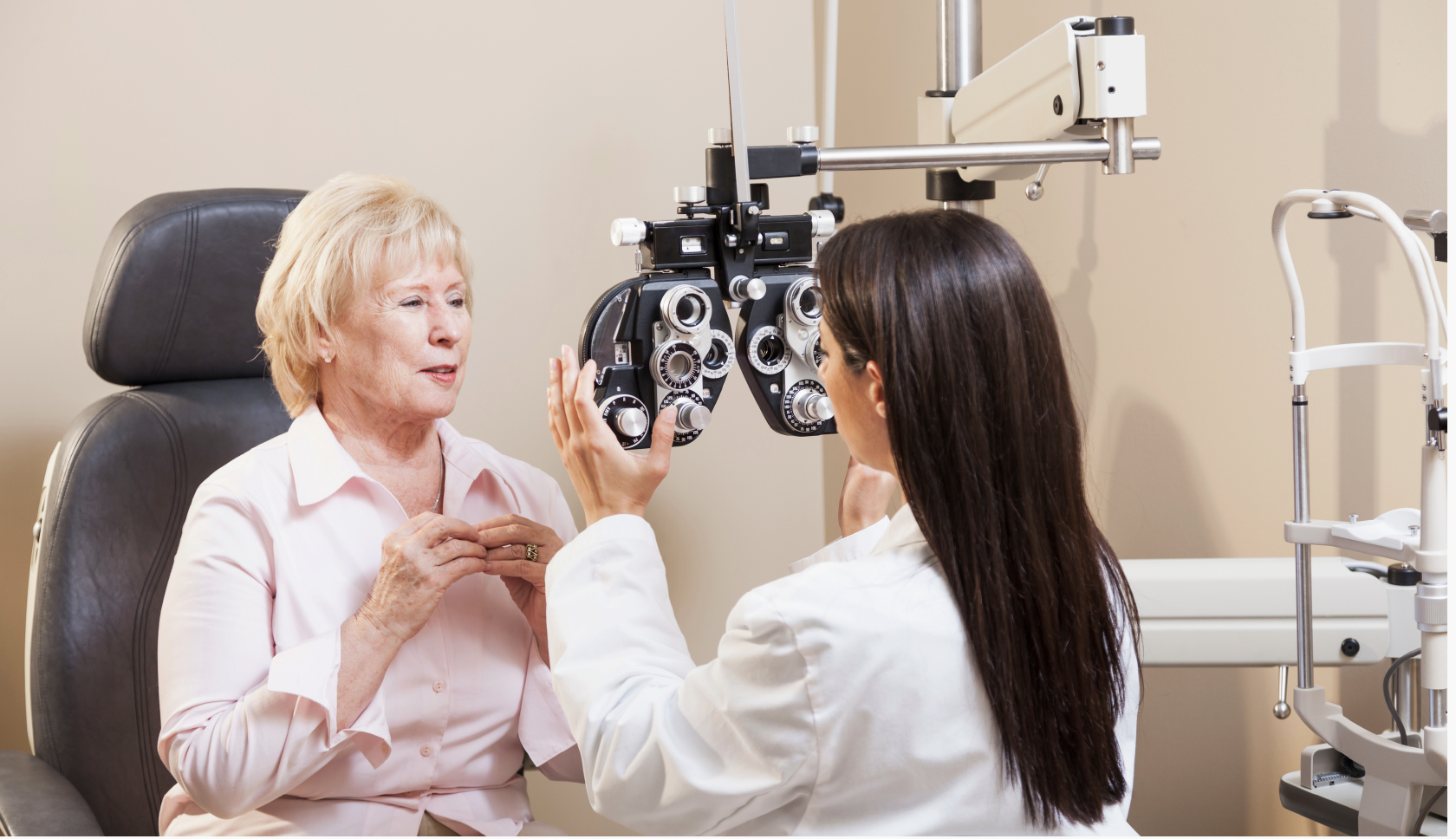By Monica Lefton, SWHR Communications Manager.
Several common eye diseases in the United States—including age-related macular degeneration (AMD), glaucoma, cataracts, thyroid eye disease (TED), and diabetic retinopathy—occur more frequently in women than men. For example, 67% of individuals in the United States with glaucoma are women; TED is five to six times more common in women than men; and 65% of individuals in the United States with AMD are women. Although eye conditions tend to have a higher incidence among women compared to men, regular eye exams can help women catch and manage many eye diseases early, delaying or entirely preventing their onset.
To help individuals understand their risk and treatment options for certain eye diseases and conditions, the Society for Women’s Health Research (SWHR) created A Guide to Women’s Eye Health. This patient toolkit, built on insights from vision patients, advocates, and eye care research and clinical experts, includes easy-to-understand information, resources, and references to assist individuals in better managing their eye health. Sections of the toolkit include:
- Understanding Eye Health and Vision Care
- Common Eye Symptoms in Women
- Disease Information on AMD, Cataracts, Diabetic Retinopathy, Glaucoma, and TED
- Talking to Your Health Care Provider
- Navigating Insurance Coverage
- Living Well with Eye Disease
- Assorted Resources (e.g., a Doctor’s Visit Worksheet and Glossary)
With this resource, SWHR hopes to remind women that while increased risks for certain eye conditions are a natural part of aging, vision loss should not be—and there are ways to maintain healthy vision as you age. Clean eye handling practices, proper makeup application, regular eye checkups, and even eating certain foods can all help improve eye health.
Download A Guide To Women’s Eye Health
The toolkit is a project of SWHR’s Eye Health Program, made up of clinicians, researchers, patients, patient advocates, and health care decision makers invested in addressing the burden of vision care and eye diseases in women and promoting science-based health care policies to improve patient outcomes.
SWHR’s Eye Health Program is supported by an educational sponsorship from Horizon Therapeutics. SWHR maintains editorial control and independence over educational content.
